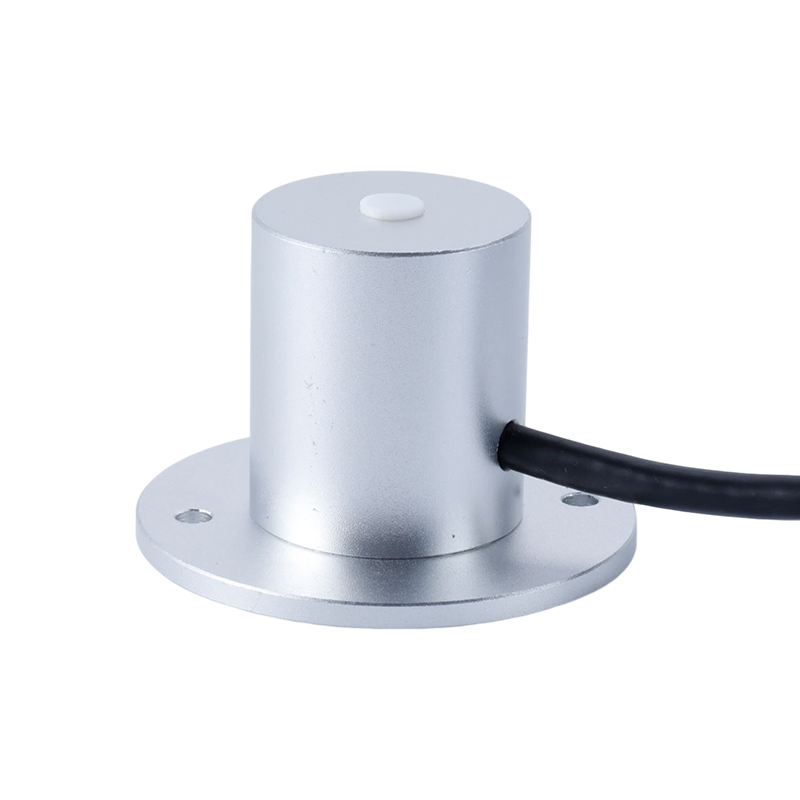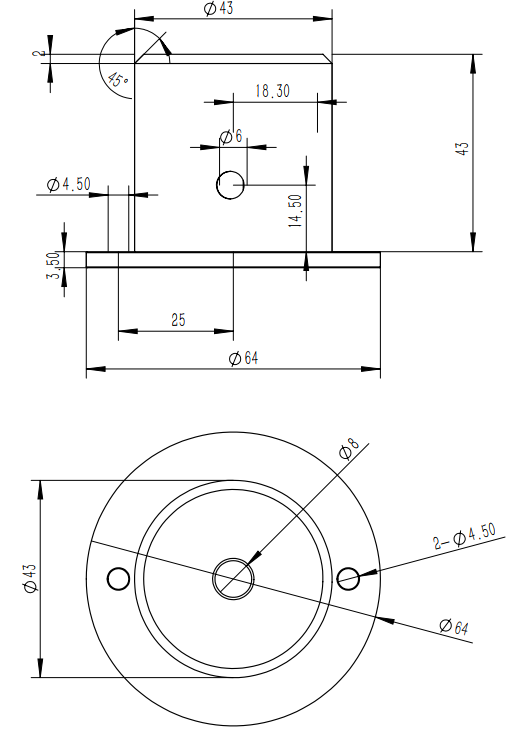

— Blogs —
—Products—
 Consumer hotline +8618073152920
Consumer hotline +8618073152920 WhatsApp:+8615367865107
Address:Room 102, District D, Houhu Industrial Park, Yuelu District, Changsha City, Hunan Province, China
Product knowledge
Time:2023-12-07 15:29:41 Popularity:2088
How does a PAR sensor work?
The working principle of the PAR sensor is based on the principle of photoelectric sensing, i.e., when light is irradiated, photons interact with the photodiode in the sensor, generating electron-hole pairs, which in turn generate a current in the photodiode. The magnitude of this current is proportional to the intensity of the incident light, so by measuring the magnitude of this current, the intensity of the light irradiating the sensor can be known.
In a PAR sensor, this photodiode is encapsulated in a filter that transmits visible light in order to make it respond only to visible light. When photosynthetically active radiation (PAR) hits the sensor, a current signal is generated that is proportional to the PAR intensity, and this signal can be further processed and recorded.
Ultimately, the PAR sensor outputs an electrical signal representing the PAR value. This PAR value represents the intensity of light in the range of 400-700 nanometers, i.e. the photosynthetically active radiation absorbed by the plant.
It is important to note that the output of the PAR sensor does not directly represent the photosynthetic rate or growth status of the plant; it only provides a measurement of light intensity. Other factors, such as temperature and humidity, also have an impact on plant growth. Therefore, in practical applications, other parameters and models need to be combined to further analyze and interpret the PAR sensor measurements.

How to measure photosynthetically active radiation?
Measuring photosynthetically active radiation (PAR) can be done using a PAR Sensor. The following are the general measurement steps:
1. Choose a suitable PAR Sensor: Choose a suitable PAR Sensor according to the actual needs, which usually includes a photosensitive element and a light filter.
2. Install the sensor: Install the PAR sensor at the location to be measured, making sure that it can be exposed to the light source to be measured, e.g. sunlight or artificial light source.
3. Calibrate the sensor: Before making measurements, it is often necessary to calibrate the PAR sensor. The calibration process may vary depending on the sensor model and manufacturer; refer to the sensor's operating manual for the exact calibration method.
4. Take a measurement: Turn the sensor on and begin recording data. The sensor measures the PAR radiation passing through the filter and outputs a corresponding electrical signal.
5. Process and analyze data: Once the electrical signal value from the sensor is obtained, it can be converted to a PAR value. The specific conversion method may vary depending on the sensor model, refer to the sensor's technical specifications and operation manual.

It is important to note that PAR measurements need to be interpreted in the context of other parameters such as photoperiod, temperature, humidity, etc., as well as the physiological characteristics and needs of the plant. In addition, different plants may respond differently to light, so a comprehensive analysis and judgment is needed in conjunction with relevant research and experience when making practical applications.
Weather-Stations-Catalog-NiuBoL-2024.pdf
NBL-W-PARS-RAR-SENSOR-User-Manual.pdf
Related recommendations
Sensors & Weather Stations Catalog
Agriculture Sensors and Weather Stations Catalog-NiuBoL.pdf
Weather Stations Catalog-NiuBoL.pdf
Related products
 Combined air temperature and relative humidity sensor
Combined air temperature and relative humidity sensor Soil Moisture Temperature sensor for irrigation
Soil Moisture Temperature sensor for irrigation Soil pH sensor RS485 soil Testing instrument soil ph meter for agriculture
Soil pH sensor RS485 soil Testing instrument soil ph meter for agriculture Wind Speed sensor Output Modbus/RS485/Analog/0-5V/4-20mA
Wind Speed sensor Output Modbus/RS485/Analog/0-5V/4-20mA Tipping bucket rain gauge for weather monitoring auto rainfall sensor RS485/Outdoor/stainless steel
Tipping bucket rain gauge for weather monitoring auto rainfall sensor RS485/Outdoor/stainless steel Pyranometer Solar Radiation Sensor 4-20mA/RS485
Pyranometer Solar Radiation Sensor 4-20mA/RS485
Screenshot, WhatsApp to identify the QR code
WhatsApp number:+8615367865107
(Click on WhatsApp to copy and add friends)
